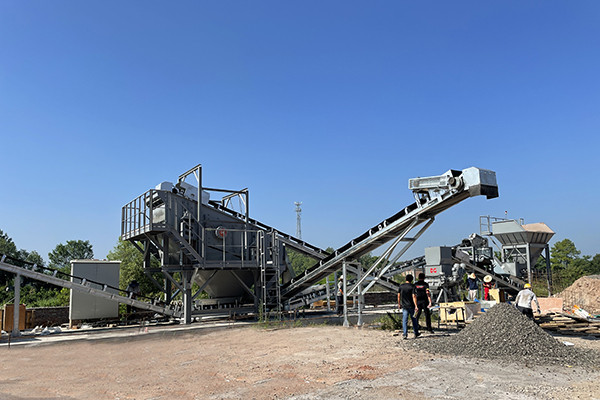This article explains how a stone crushing plant operates, detailing the stages of extraction, crushing, and screening, while highlighting the importance of machinery and efficient processes in transforming raw stones into usable materials.

This article explains how a stone crushing plant operates, detailing the stages of extraction, crushing, and screening, while highlighting the importance of machinery and efficient processes in transforming raw stones into usable materials.
Content Disclaimer
The content provided on this website is for informational purposes only. Some of the information, articles, images, and other materials available on this site may be sourced from third-party websites and public domain resources. While we make every effort to ensure the accuracy and reliability of the information, we do not take responsibility for the content provided by external sources.
This article discusses the essential role of asphalt plant manufacturers in road construction and maintenance. It highlights their commitment to quality, technological advancements, environmental sustainability, and comprehensive support services, emphasizing their importance in the industry.
The article discusses the essential functions, processes, and environmental considerations of asphalt production plants in creating durable paving materials for infrastructure projects. It highlights material selection, production techniques, types of plants, and the importance of sustainability through recycling practices.
This article discusses the operations and significance of paving plants in the construction industry, highlighting processes involved in manufacturing asphalt and concrete mixtures, quality control measures, logistics for material storage and distribution, and considerations for environmental sustainability.
The 120 Ton Asphalt Batching Plant is an advanced technology designed for high-capacity asphalt production, emphasizing efficient mixing, automation, and sustainable practices. Ideal for large-scale construction projects, it features easy transportability and robust design, meeting the growing urbanization and infrastructure demands.